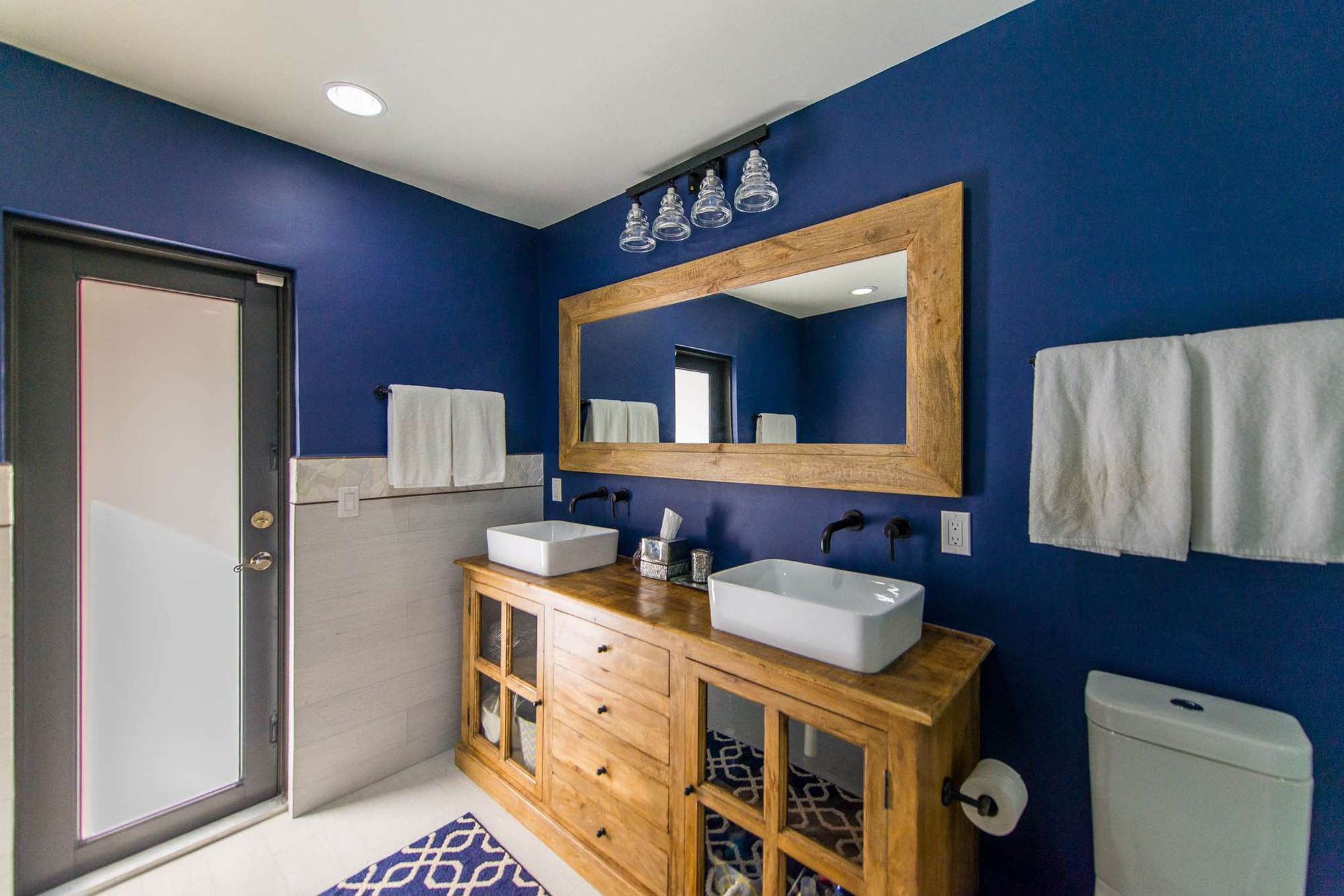
Do I Really Need an Architect for My Home Renovation?
Quick question – can you imagine the Miami Dolphins going through an entire season, trying to get to the playoffs, without a quarterback?
As painful as that example is, the truth of the matter is that having a leader to coordinate the effort, call plays, and read the terrain to make adjustments on the fly is simply essential. Without them on the team, everyone else only how to do their own task and does not see their role in the bigger picture.
This is why the architect is the critical player in your renovation.

Every project contains a variety of creative decisions and the need to follow up these ideas with detailed and technical specifications – all of which is to be carried out by an enormous collection of people.
Pair that coordination of building issues with the assignment of all fixtures, finishes, appliances and equipment and it is easy to see that this is serious business, regardless of a project scale. This is a focused effort. This is where things can go very wrong.
And yet, there are many people that either convince themselves that they do not need an architect or simply believe that this is a “luxury for the wealthy”, unaware that the genuine value proposition of a design professional is, in fact, to safeguard the budget with competent leadership and sound aesthetic vision.
Architects posses the unique ability to comprehend design ideas in all three dimensions, assign useful materials to key surfaces, interpret complex building code requirements and speak the integral language of construction with highly specialized trades, from electricians to plumbers to painters to carpenters and beyond. Building anything at all usually involves more people – and much more coordination – than people initially think. This is true from the smallest bathroom renovation to the largest skyscraper, in remodeling work and in new construction. When a general contractor of any scale assembles his/her team to a property, they are managing labor; when a designer’s eye is on that site it is to organize (and problem solve) the ideas behind that same job.
Most importantly, the architect is the bridge between an owner and those skilled craftsmen needed for the implementation of the plan set. This is the “checks and balances” on the job; it is the impartial relay of information on the job, and this is the financial driver of the economic fluctuations that occur on every project. As choices are demanded, there are money considerations that accompany every decision. And as the undertaking nears completion – and the dollars grow thinner – the architect has the ultimate role of assigning value to unresolved construction issues. Quarterbacking a renovation is a skill that can only be developed with experience – much like that in Football – which is why it is critical to stress that the average owner does not have this skill and is generally unaware of lingering defects or poorly completed structural details.
Perhaps the better analogy is the symphony without its’ conductor or the airplane without a pilot. A building must be about more than the muscle used to assemble it and a built space should feel that it was intentionally crafted for those that will occupy it. Only the designer sees the entire vision; a marvelous intertwining of technical details and beautiful finishes that allow the end user the joy of a wonderful place to live and work.
